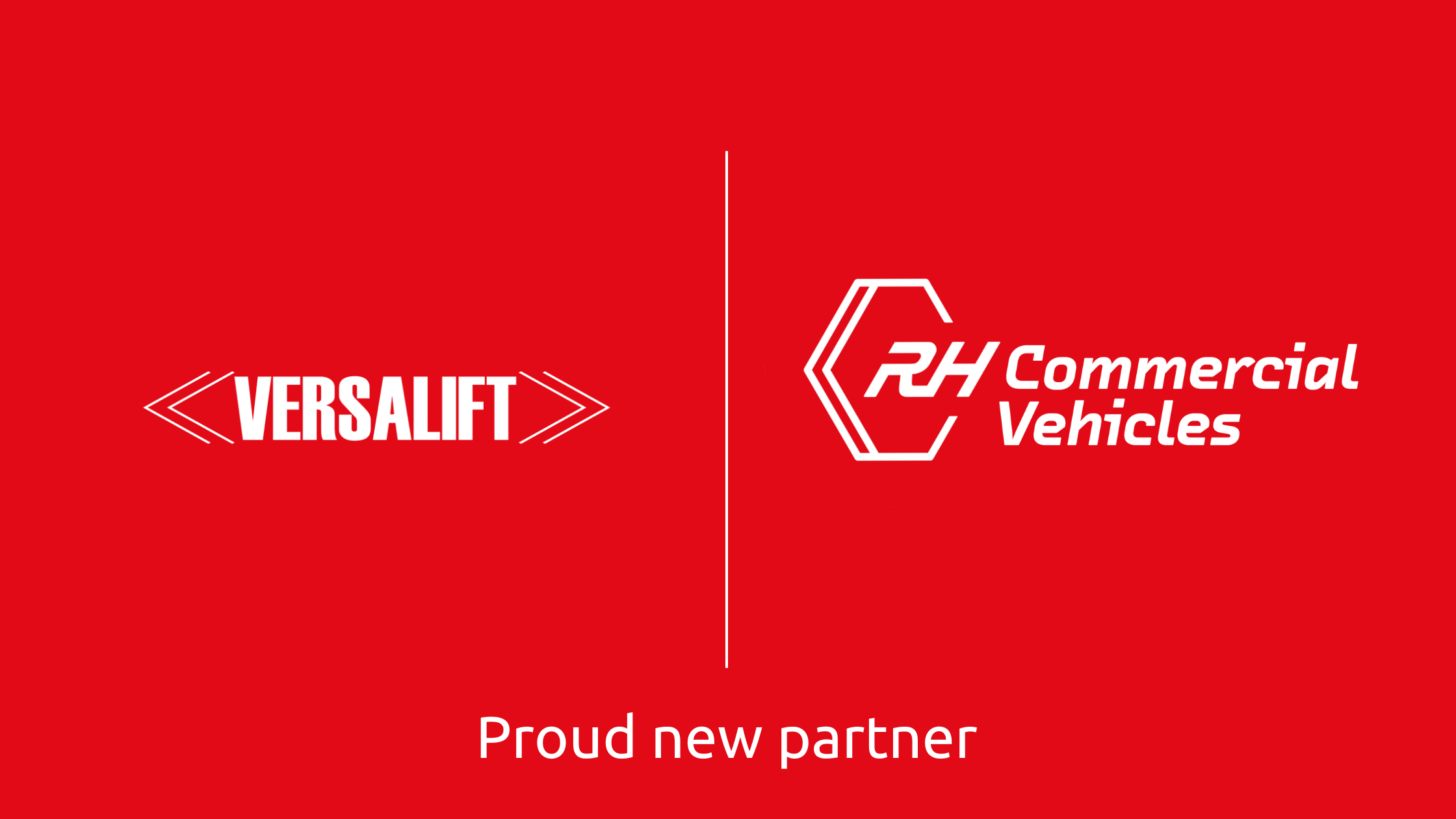Mitigating Risks Working at Height and Enhancing Productivity with Access Platforms
In any industrial setting, safety remains paramount, especially when it comes to tasks performed at height. The statistics speak for themselves: working at height continues to be a leading cause of fatalities and severe injuries. Falls from ladders and through fragile surfaces represent common scenarios, highlighting the critical need for stringent safety protocols. Whether it’s ascending a scaffold or operating an access platform, prioritising safety not only saves lives but also enhances productivity in the workplace.
In workplaces across various industries, the spectre of trapping and entrapment incidents looms large, especially in roles involving temporary work at height. Construction, maintenance sectors, and a plethora of trades such as electrical contractors, painters, decorators, arborists, and tree services, have all witnessed serious accidents and fatalities stemming from these hazards.
Powered access platforms, while instrumental in rendering work at height safer and more efficient, also pose inherent risks, particularly when operated infrequently or by individuals with primary roles in other trades, such as electricians or painters. The ease of overlooking initial training on both the operation of the access platform (MEWP) and the requisite safety and rescue procedures compounds the risk factor.
Under UK health and safety legislation and work at height regulations, comprehensive training in the operation of powered access platforms is mandatory. It is incumbent upon both employers and operators to ensure that individuals entrusted with operating such machinery possess the necessary skills to inspect, operate safely, and pre-emptively identify and mitigate potential hazards. Additionally, familiarisation training specific to the model being utilised should be provided.
Effective risk assessment from ground level is imperative to identify overhead or adjacent objects that may pose threats. Instances of operators being trapped against overhead or adjacent obstructions, especially with the operator inadvertently positioned over the controls, underscore the critical need for stringent safety protocols.
Several key factors contribute to operators being trapped or entrapped while within the access platform basket:
-
- Working alone: The absence of immediate assistance exacerbates the severity of incidents. Ground controls for emergency rescue, along with comprehensive training for ground personnel, are indispensable.
- Operator error: Varied control panels on MEWPs / cherry pickers increase the risk of inadvertent errors, particularly for infrequent users or when transitioning between different machines.
- Overhead hazards: Failure to discern potential hazards in the surrounding workplace environment significantly heightens the risk of accidents.
- Leaning over the side rail: Instances of accidents occur when operators lean over the side rail during manoeuvring tasks.
- Poor ground conditions: Inadequate consideration of adverse weather conditions, concealed drains, or soft sub-soil compounds the risk factor.
Mitigating these risk scenarios necessitates rigorous and recurrent training protocols. Managers and operators alike must ensure that their training remains current and that their Powered Access Licence (PAL) card is valid for the specific machine being utilised, which can be undertaken with an IPAF approved instructor.
By prioritising comprehensive training, implementing stringent safety measures, and fostering a culture of vigilance, businesses can effectively mitigate risks associated with working at height while concurrently enhancing productivity. Remember, when it comes to operating access platforms, safety is not just a priority; it’s a prerequisite for a secure and efficient workplace environment.
Find out more about our IPAF Approved Training Centre and the courses available to you here.

